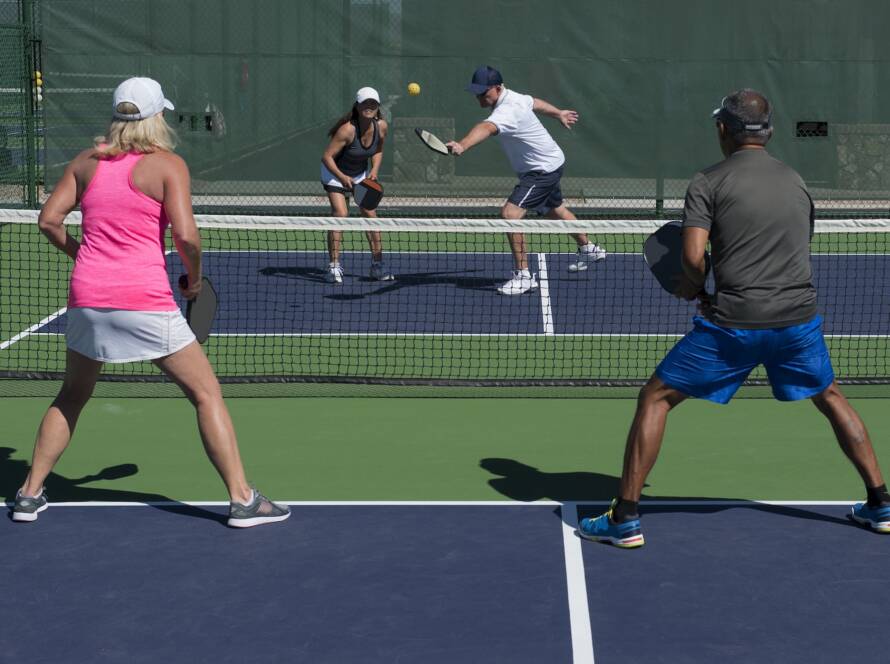Have you ever watched a pickleball rally come to an abrupt halt because no one was sure if that double hit was legal or not? You’re not alone. The pickleball double hit rule is one of the most misunderstood aspects of the game, causing confusion and heated debates on courts worldwide. Whether you’re a seasoned player or just picking up a paddle for the first time, understanding when a double hit is legal versus when it’s a fault can make the difference between winning a crucial point and facing disappointment. In this comprehensive guide, we’ll break down everything you need to know about pickleball double hits, from official USA Pickleball rules to practical applications that will help you play with confidence and integrity.
Understanding the Pickleball Double Hit Rule
The pickleball double hit rule often creates confusion among players of all skill levels. While some double hits are legal, others result in faults. The key lies in understanding the specific conditions that make a double hit acceptable under official USA Pickleball rules.
What Defines a Legal Double Hit?
According to USA Pickleball Rule 11.A, a double hit is legal when it occurs during:
- A continuous, single-direction stroke
- By one player
- Unintentionally
The ball can legally strike your paddle twice during one fluid motion without causing a fault. This typically happens so quickly that players may not even realize it occurred.
Double Hit vs. Carry: Important Distinctions
While double hits can be legal, carries are always faults. Key differences:
- Double hit: Ball contacts paddle twice in quick succession
- Carry: Ball is dragged or held on the paddle
- Continuous motion: Required for legal double hits
- Direction change: Makes the shot illegal
Common Double Hit Scenarios
During Service
- Double hits can occur during serves
- Must maintain continuous forward motion
- Any pause or direction change is a fault
During Rally Play
- Most common during defensive shots
- Often happens during quick reactions
- Legal if meeting single-motion criteria
Team Play Considerations
- – Both partners cannot hit the ball
– Only one player may contact the ball
– Multiple hits by different players = fault
Recognizing Legal vs. Illegal Double Hits
Legal double hits include:
- Unintentional contact during one swing
- Quick successive hits in same direction
- Natural paddle movement without pause
Illegal double hits involve:
- Intentional multiple contacts
- Changes in swing direction
- Separate distinct motions
- Multiple player contacts
Best Practices for Players
To avoid double hit faults:
1. Focus on clean, direct shots
2. Maintain fluid swing motions
3. Avoid attempting intentional double hits
4. Practice proper paddle control
When Double Hits Occur
If a double hit happens:
- Stay calm and assess the situation
- Communicate openly with opponents
- Call your own faults when appropriate
- Continue play if the hit was legal
Common Misconceptions
Popular myths about double hits:
- “All double hits are illegal” – False
- “Double hits never happen” – False
- “Carries are the same as double hits” – False
- “Partners can both hit the ball” – False
Advanced Considerations
Tournament players should:
- Know the exact rule specifications
- Understand referee interpretations
- Practice recognizing legal vs. illegal hits
- Maintain honest play standards
Training and Development
Improve your understanding by:
- Studying official rulebook sections
- Practicing with experienced players
- Recording and analyzing your shots
- Attending rules clinics
Get Professional Guidance
For personalized instruction on proper technique and rules interpretation, visit Pickleball Athletic Club. Our certified instructors can help you master legal shots and avoid common faults. Contact us to schedule a training session.


